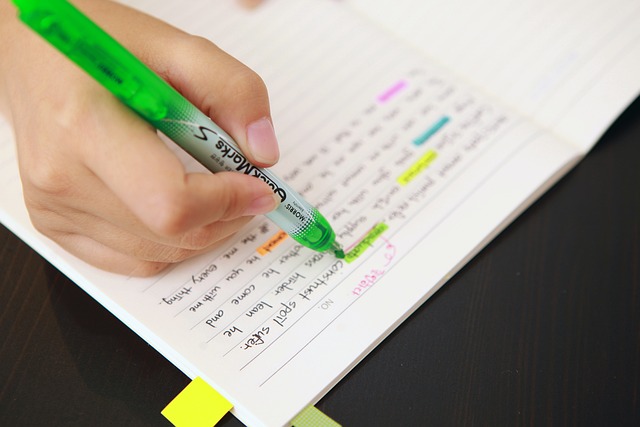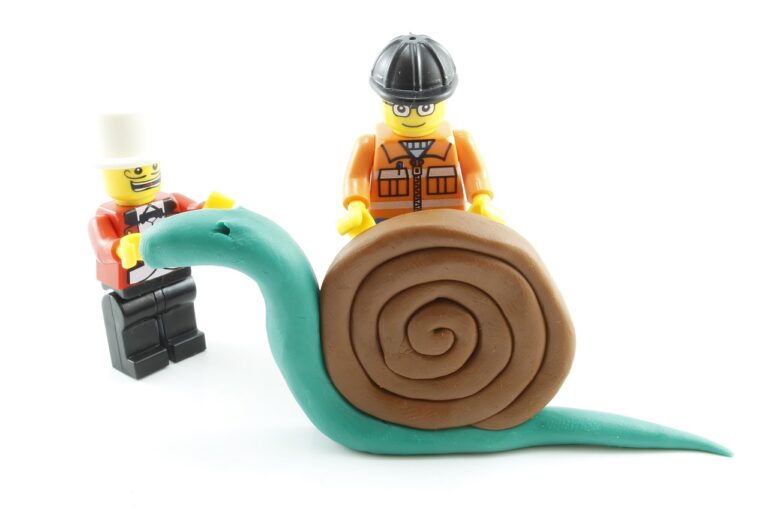Dyscalculia can cause serious problems at school. How can we help children with math difficulties? We invite you to read about three useful methods of making math lessons more inclusive.
Dealing with dyscalculia
Dyscalculia is a Specific Learning Disorder affecting basic aspects of numerosity. Its effects vary between the students. Some of them struggle with understanding the concept of a number. Many find it hard to use mathematical reasoning. The problems are not due to low IQ and they do not prevent the student from succeeding in the fields that do not require counting. Nonetheless, because mathematics is present in so many areas of life, dyscalculia causes serious struggles.
Thankfully, dyscalculic students can improve. Specific Accommodations, like additional time to learn, help them to acquire basic mathematical skills needed in everyday life. A teacher can also support their students by using alternative education methods that are recommended for dyscalculic people. Here are some examples.
1) Color-coding
Color coding helps to organize the information and make it easy to remember. It is very simple to use: you just have to mark the objects belonging to the same category with the same color. Color coding can be used on numbers, mathematical signs, and drawings.

The only difficulty is that you have to be persistent. The same color has to mean the same thing each time. If you use color coding during the lesson, you can’t change the code after a few minutes. The same concerns the learning materials: the color has to mean the same thing in each exercise in a set. This way the information is easier to process.
Color coding helps students who have problems with rewriting the numbers from the whiteboard. It also supports those who struggle to remember mathematical facts.
2) BAWD
BAWD stands for build, act, write, or draw. It allows students to choose how they want to demonstrate their understanding of a mathematical concept. The important thing is to provide the class with materials for each of the activities included in BAWD and give the students a free choice of what they want to do with them.

To use BAWD as a learning method, first, you have to introduce the new concept to your students. Then, you can ask them to demonstrate how they understand it. They can do it by building objects from plasticine or playing with blocks, creating a short scene, as well as drawing or writing it down.
BAWD can help students who have a problem understanding basic mathematical concepts. It is also an effective method of increasing students’ involvement in the lesson.
3) Self-teaching
Some say that if you cannot explain a concept to someone else, it means that you do not understand it well enough. This is exactly the rule that is used in self-teaching. First, the students learn a concept and then they explain it to someone else. Self-teaching requires pupils to internalise concepts fully, otherwise, they will not know how to express them. This makes it easy for the teacher to spot aspects of the material that still require some work.
This method is useful for pupils who have problems understanding mathematics, especially those who struggle with asking questions and admitting that they do not fully grasp certain ideas.
If you are interested in methods of teaching dyscalculic students, find out more information on the Calculate project. An online course with even more tools to help pupils with math difficulties will be available soon.
To be sure you don’t miss any news about the project, subscribe to our newsletter and follow us on LinkedIn!

